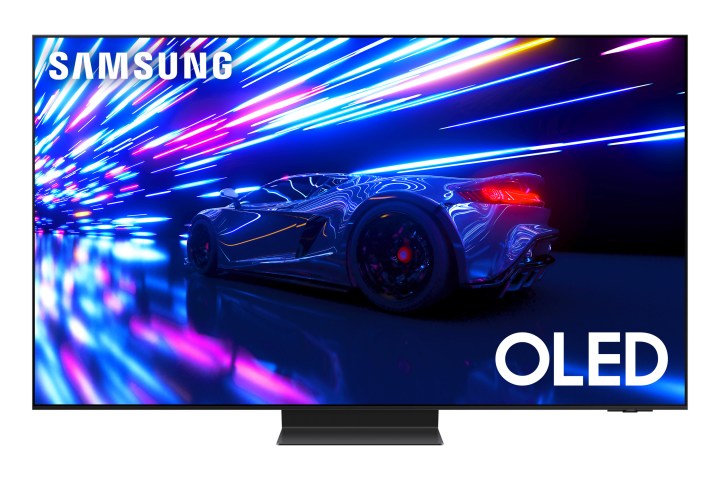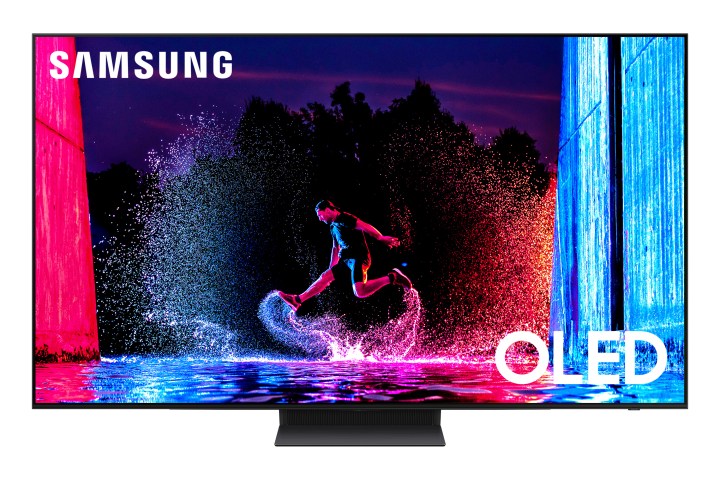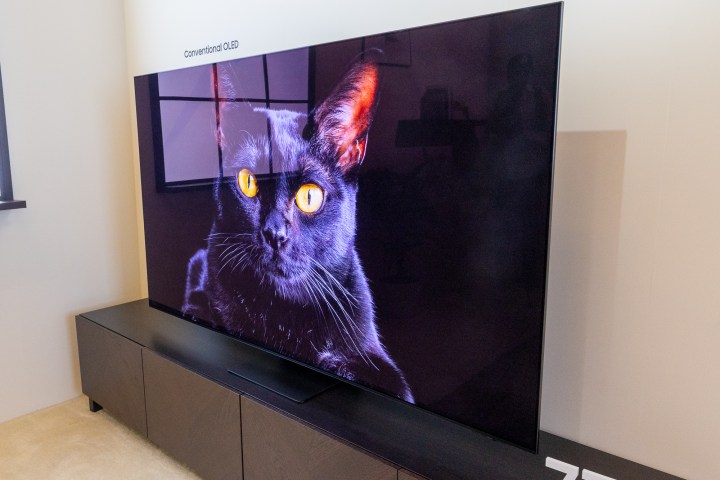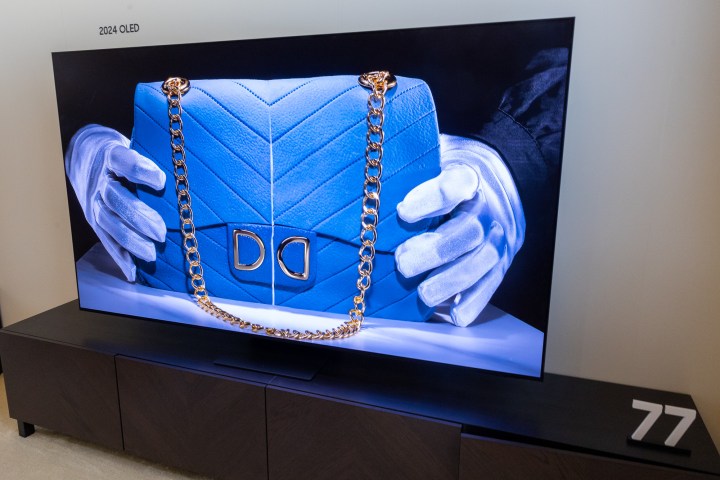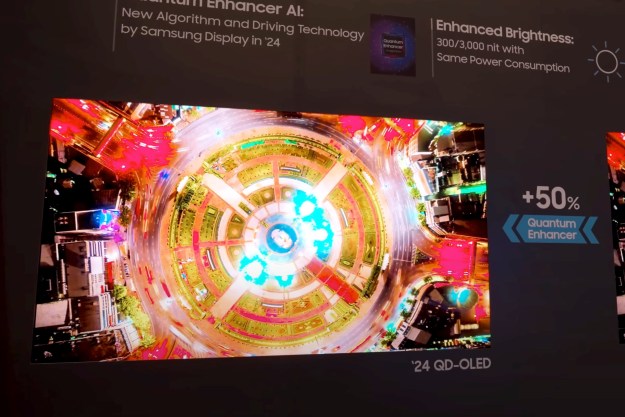Since we got a look at the new lineup of Samsung’s 2024 TVs at CES 2024 earlier this year, we’ve been waiting with anticipation for pricing and availability details of its OLEDs to be released. Well, that day has arrived, with the Korean electronics giant announcing that its two flagship quantum-dot OLEDs, the S95D 4K OLED and the S90D 4K OLED, are available for preorder starting today and will start at $2,599 and $1,999, respectively.
- 1. 2024 Samsung S95D OLED 4K TV
- 2. 2024 Samsung S90D OLED 4K TV
Samsung’s 2023 OLEDs were, and still are, some of the best TVs we’ve ever seen. QD-OLED’s superpower is its ability to deliver OLED-like black levels as well as some stunning QLED-level brightness; all indications point to this year’s crop maintaining this standard and then some.
For this year, Samsung’s flagship S95D OLED will come in 55-, 65-, and 77-inch models, but as we saw at CES, one of its new tricks is that it features what Samsung is calling OLED Glare Free tech, which does what it suggests – significantly reduces screen glare while maintaining color and brightness, even at sharp viewing angles. Glare Free is not a feature shared by the S90D, however.
Additionally, not only is the 2024 S95D the brightest of Samsung’s OLEDs, but it benefits from the higher-end OLED HDR Pro (with support for HDR10, HDR10+, and HLG) that delivers a range of Pantone-validated colors, and features connectivity by way of the company’s One Connect Box so you can keep your cables and wires at bay.
On the audio front, the S95D features a bigger and louder 70-watt 4.2.2 channel sound system (when compared to the S90D) that supports Dolby Atmos and Object Tracking Sound+.
Only a slight step down is the S95D’s more modest sibling, the S90D. At $600 less (for the 55-inch model), it shares many of the same features as the S95D (outlined below), but the main differences are that it’s not quite as bright and it lacks the Glare Free screen and One Connect Box. You’ll still get excellent Dolby Atmos Object Tracking Lite sound from the S90D, albeit from a smaller 40-watt 2.1 channel system (you should sill consider a soundbar, though), and the S90D caps out at 65 inches in size.
- 1. A Samsung OLED TV at CES 2024 wihtout the Glare Free tech
- 2. The 2024 Samsung S95D at CES with Glare Free tech
That all being said, both the Samsung S95D and S90D OLEDs are sure to be fantastic TVs (we’ll let you know for sure once we get our hands on them). Both Tizen-driven TVs feature a speedy 144Hz refresh rate for gamers and Samsung’s newest AI-powered enhancements, including the latest NQ4 AI Gen2 processor, 4K AI upscaling, and a new Active Voice Amplifier Pro feature that boosts dialogue and sound effects so you can hear them better in TV shows and movies.
Samsung also announced pricing and availability for its 2024 range of Neo QLED TVs. And as part of a promotion until April 11, 2024, if you preorder one of the new TVs, the company is offering a free 65-inch Samsung TU690T UHD 4K Smart TV.
At press time, Samsung only released pricing for the smallest models in each range, but we will update this post with all the pricing details as soon as we can.
2024 Samsung S95D 4K OLED TV
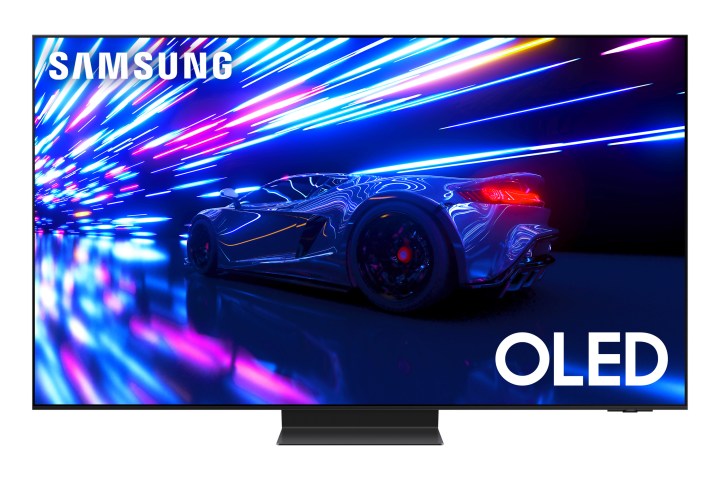
- 55-inch: $2,599
- 65-inch: $3,399
- 77-inch: $4,599
2024 Samsung S90D 4K OLED TV

- 55-inch: $1,999
- 65-inch: $2,699
Editors' Recommendations
- OLED vs. LED: Which kind of TV display is better?
- Samsung launches its flagship Dolby Atmos soundbar with discounted prices
- LG’s 2024 OLED evo TVs available for preorder and start at $1,500
- You Asked: Samsung QD-OLED conundrum, ATSC 3.0, and audio outputs
- TVs at CES 2024: The big, the bright, and the see-through

